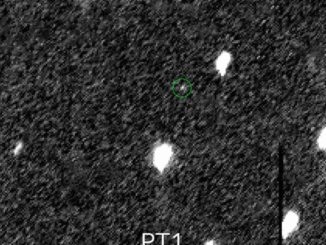
Ultima Thule


On eve of New Horizons flyby, Ultima Thule still holding onto its mysteries
A day before NASA’s New Horizons spacecraft closes in on a frozen outpost nicknamed Ultima Thule 4.1 billion miles from Earth, basic facts about the city-sized object continued to elude scientists Sunday as the ground team braced for a deluge of data and imagery that should unmask the unexplored world at the frontier of the solar system.

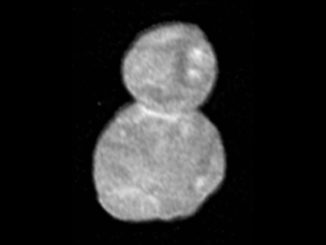
Live coverage: New Horizons flyby target comes into focus
NASA’s New Horizons spacecraft made a historic New Year’s encounter with an object nicknamed Ultima Thule in the Kuiper Belt a billion miles beyond Pluto. The NASA space probe passed Ultima Thule at a distance of around 2,200 miles (3,500 kilometers) at 12:33 a.m. EST (0533 GMT) on Jan. 1, making it the most distant planetary body ever explored up close.
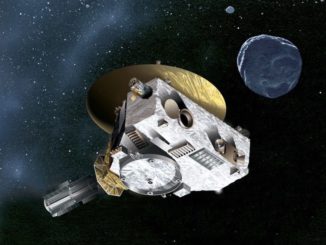

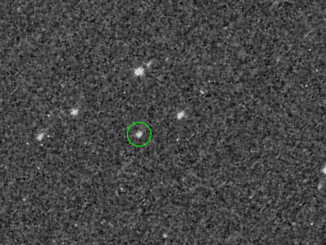
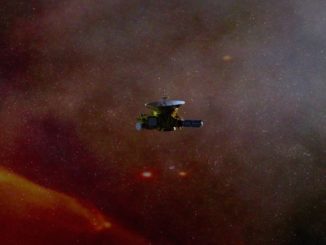
NASA’s New Horizons probe wakes up for New Year’s Day flyby
Speeding through the outer reaches of the solar system nearly 3.8 billion miles from Earth, NASA’s New Horizons spacecraft has awakened from a five-and-a-half month slumber, ready for a second act after its 2015 flyby of Pluto with a New Year’s Day encounter with a primordial world set to become the most distant object ever explored.
